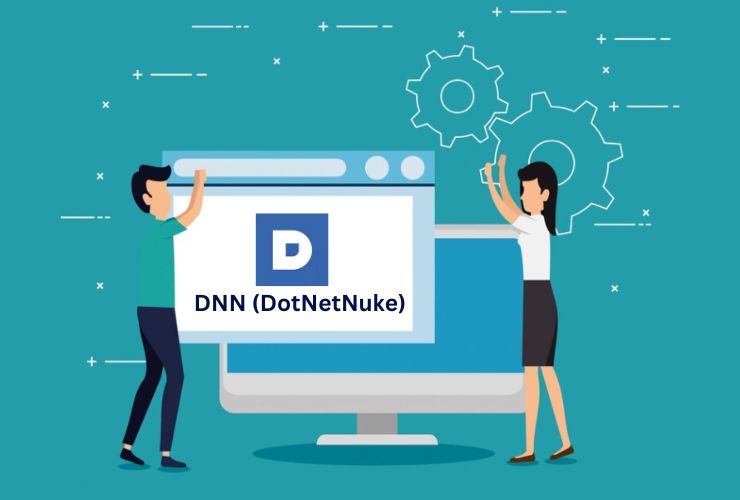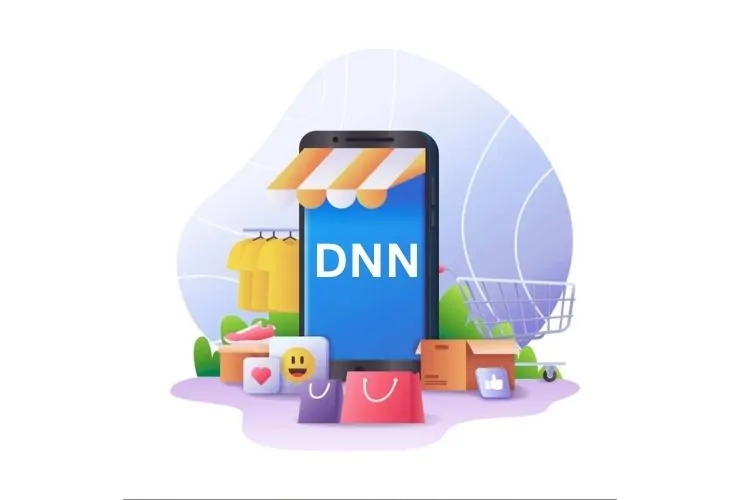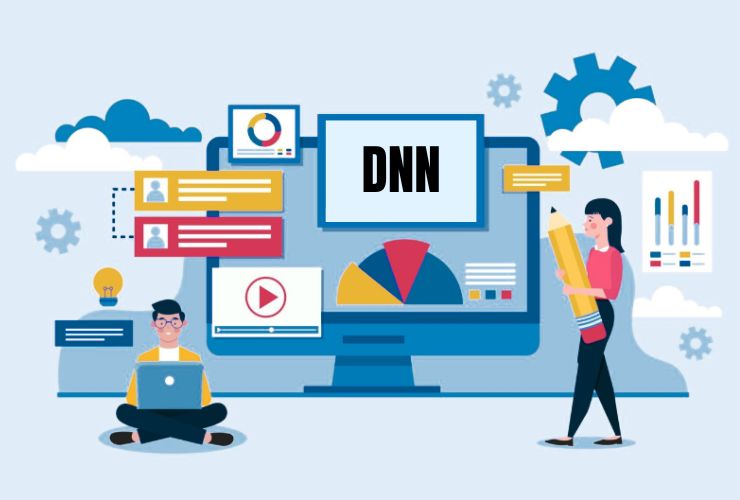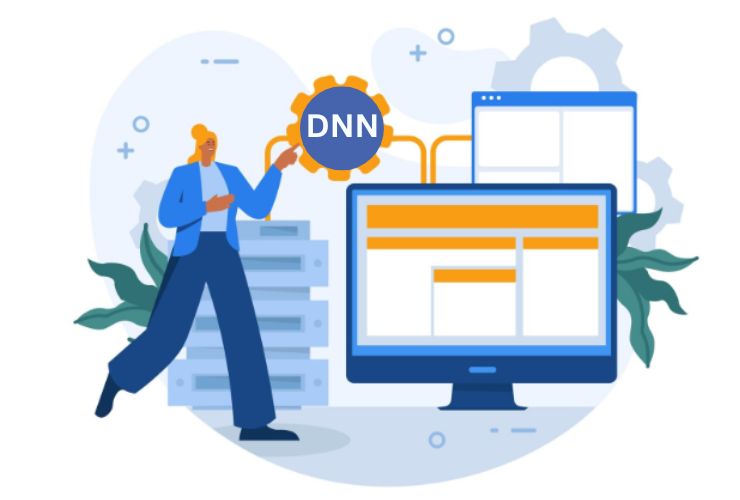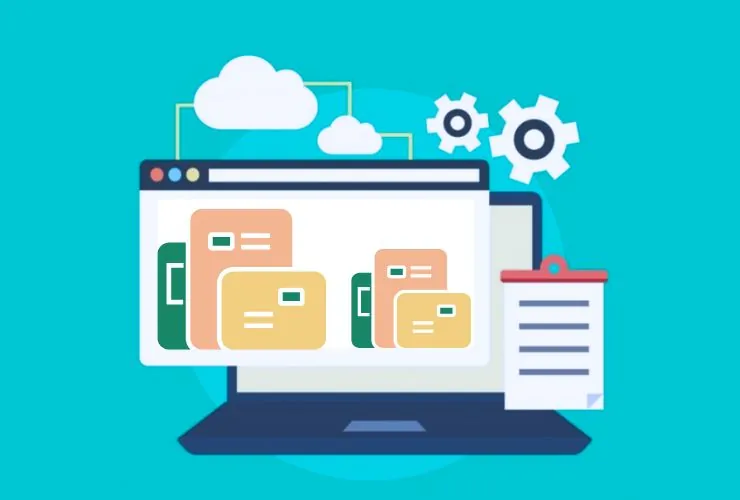DNN (DotNetNuke) is one of the most powerful and flexible content management systems built on the.NET platform. DNN itself is famous for ease-of-use, but for developers working with DNN sites, people are always looking for that next-step technique to get them up above the rest. This book is filled with advanced tips and tricks for achieving mastery in DNN development, whether it’s making a custom module, performance optimization, or third-party integration.
1. Optimize Performance with Caching
Any site needs to be performance optimized; DNN offers various levels of caching mechanisms that help the site load faster. Here’s how you can take advantage of DNN’s caching feature.
- Data Caching: Store frequently accessed data, such as queries and database results, to speed up load times.
- Page Caching: DNN affords page level of caching, which can be used to cache entire pages or sections.
- Module Caching: For content-heavy modules, caching can be applied to reduce server load.Use the “Cache” settings in your portal or module configuration to set appropriate caching strategies based on your website’s needs.
2. Customize and Extend DNN with Custom Modules
DNN allows developers to create custom modules to extend the functionality of their websites. If you’re looking to integrate a new feature or functionality, creating custom modules is the way to go.
- Module Development: Leverage DNN’s framework to build modules that interact seamlessly with the DNN platform.
- Event Handling: Take advantage of DNN’s event system to hook into the lifecycle of the platform and execute custom logic at various stages.
- Custom Admin Interfaces: Build user-friendly interfaces for content editors by customizing the Admin settings for your modules.
3. Integrating Third-Party Services and APIs
DNN’s flexibility allows developers to integrate third-party services such as payment gateways, CRMs, or analytics platforms. Here’s how to do it:
- Web Services: DNN makes it easy to consume external web services via API. You can integrate tools like Google Analytics, social media feeds, or CRM platforms by making API calls directly from your modules.
- Authentication Integration: You can also integrate third-party authentication services, such as Google or Facebook, to streamline user login processes.
4. Leverage DNN’s Theme and Skinning Engine
While DNN offers a range of built-in themes, advanced developers can customize the look and feel of their websites using DNN’s skinning engine.
- Custom Skins: Create unique designs by building custom skins using HTML, CSS, and JavaScript. DNN allows you to define skin settings, enabling your design to adapt to different page layouts.
- Skin Objects: Use skin objects to add custom code snippets, such as banners, social media feeds, or dynamic content, to your page layout.
- Responsive Design: DNN supports mobile-first design, so ensure your skins are optimized for various screen sizes.
5. Security Best Practices for DNN Development
Security is a top priority in web development. DNN comes with built-in security features, but developers need to be vigilant about best practices:
- SQL Injection Prevention: Always use parameterized queries to prevent SQL injection attacks.
- Data Validation: Ensure that all user inputs are validated, sanitized, and escaped before processing to prevent cross-site scripting (XSS) attacks.
- Use SSL/TLS: Secure your DNN portal by using SSL certificates to encrypt data transfer and protect sensitive information.
6. Master DNN’s User and Role Management
DNN has a robust user and role management system, allowing you to control access and permissions with ease. Developers can extend these features by customizing the user roles for specific scenarios.
- Custom User Permissions: Use the DNN API to create custom roles and assign specific permissions to users based on their role in the portal.
- Automated User Management: Implement automated workflows for user registration and role assignment using DNN’s API.
- Audit Logs: Keep track of user activities and modifications through DNN’s logging features to enhance security.
7. Debugging and Troubleshooting DNN Sites
When working on complex DNN applications, debugging and troubleshooting become essential.
- DNN Debug Mode: Turn on DNN’s debug mode to see error messages and detailed information about what’s happening behind the scenes.
- Log Files: Use DNN’s logging system to capture errors, performance data, and system issues. These logs can provide valuable insights during the development and testing phases.
- Browser Developer Tools: Utilize browser tools like Chrome DevTools or Firefox Developer Tools to inspect page performance, debug issues, and optimize front-end elements.
Conclusion
DNN offers developers a powerful platform to create dynamic, feature-rich websites. By applying these advanced tips and tricks, you can customize, optimize, and extend your DNN-powered websites to meet specific business needs. Whether you’re building custom modules, integrating third-party tools, or optimizing performance, DNN’s flexibility and robust ecosystem make it an ideal choice for modern web development.
By mastering these advanced techniques, developers can take full advantage of DNN’s potential and build highly scalable, secure, and performance-driven websites.

